From anecdotes to letters and documents exchanged between the Presidential Palace of the Southern government at that time and the young architect Ngo Viet Thu, many interesting things are revealed...
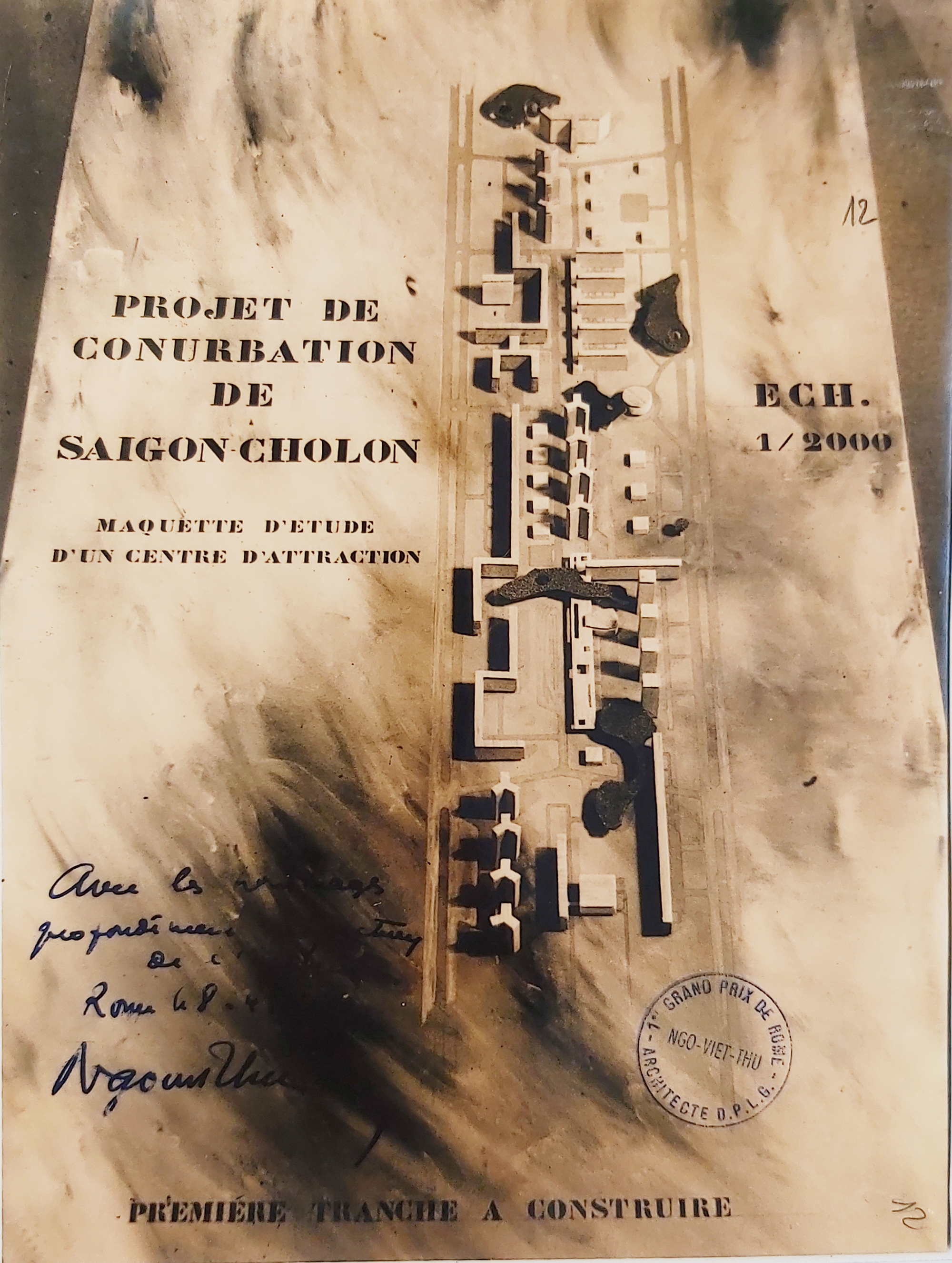
A model in the Saigon - Cho Lon renovation project
NVN RESEARCH AT NATIONAL RESEARCH CENTER 2, HCMC
Gift from the country garden
Three years after winning the Grand Prix de Rome, Ngo Viet Thu traveled between Paris and Rome to carry out projects, exhibitions and annual reports. During this time, in Da Lat, his father-in-law was also doing well in business (thanks to opening a shop in Hoa Binh area and doing real estate business), so he bought an apartment in Paris, giving his daughter the opportunity to be close to her husband. Mrs. Vo Thi Co took her young child to live in France, not only to reunite with her husband, but also to take care of the housework and cooking for her two younger brothers, Vo Quang Tri and Vo Quang Mien, who had just come to France to study at the Paris National College of Agriculture and the Paris National College of Architecture.
With his wife and children by his side, his career was on the rise in Europe, but a major turning point took place in the life of Architect Thu.
At that time, in 1958, in the South, the Republic of Vietnam government was constructing and renovating urban areas. A generation of talented architects from the Indochina Fine Arts College contributed to this policy, we can recognize the names: Hoang Hung, Vo Duc Dien, Nguyen Huu Thien... But the majority only worked in the field of pure architecture. Urban planning and renovation projects of great stature and scale needed people who had been trained in planning and architecture from the West, especially when the large cities in the South were mostly products of urban planning according to the previous rational thinking of the French.
Specifically, a major project at that time that the Southern government wanted to do was to renovate and expand Saigon, in which the overarching idea was to renovate Saigon and Cho Lon to merge into one "metropolis". Obviously, this was a calculation not only in terms of geo-economics but also geo-politics and geo-culture.
The Presidential Palace at that time tried to connect and invite Ngo Viet Thu to return to the country by all means. The person who played the role of connecting and promoting this was none other than Professor Nguyen Phuc Buu Hoi. Mr. Buu Hoi was a professor of organic chemistry, doing research at the French National Center for Scientific Research. In the late 1950s, he had quite close connections with intellectuals and politicians of the Southern government.
During a visit back to the country, the professor from Hue personally went to Lang Xa village, Thuy Thanh, Thua Thien-Hue to visit the house of the teacher at Ba Cong School, who was Ngo Viet Thu's father. During the conversation, the professor convinced the father to send a message for his son to return to serve the country.
There is an anecdote that, upon hearing this, the poor teacher quietly went out to the garden to pick two mangoes, carefully wrapped them, and sent them to his son along with a poem reminding him to remember his hometown wherever he went...
It should also be added that Ngo Viet Thu's decision to return home was partly influenced by his wife and her family.
Eager to return
After back and forth discussions, a contract was signed between the Presidential Palace and Mr. Ngo Viet Thu. On December 30, 1958, while Ngo Viet Thu was preparing an exhibition in Rome, the General Director of the Department of Urban Construction and Design Tran Van Nam, through the Ministry of Foreign Affairs and the Embassy of the Republic of Vietnam in Italy, sent an official dispatch to Ngo Viet Thu's address at Villa Médicis (Rome): "Because of the obstruction of the French Academy, you have not yet returned to the country. Please wait until you finish the exhibition for this Academy and then return home. The contract is still valid until the day you and your assistant return to work at my office. By the way, my office would like to sincerely thank you for your kind intention to present to the Government and my office the Saigon-Cholon renovation project that you will present at the exhibition in Rome and Paris".
In a letter dated April 8, 1959, sent from Rome to the Minister of the Presidential Palace of the Republic of Vietnam, Ngo Viet Thu explained that he was working day and night to urgently complete the project of renovating Saigon - Cho Lon to send back in advance. He explained the reason for the delay was because the research work for the renovation was necessary and very complicated. He wrote: "... moreover, human and social issues need to be discussed with many people, and I am here alone. If I ask to return to Vietnam, the French Academy will be cruel and force me to finish the exhibition before letting me go." And he expressed: "My heart is burning with longing to visit my homeland. I have been away from my father and mother for a long time (...) and yet I have to wait like this. I am truly sad and worried."
The four-page handwritten letter also included a sketch of the Saigon-Cho Lon renovation plan and submitted it to the president for clear instructions on "a name for the new capital". (This means that at one point the Southern government had considered changing the name of the new capital after the renovation).
In the letter, Mr. Thu also commented that "the name must be easy to remember and easy to call".
The project to renovate Cho Lon - Saigon was also mentioned by Mr. Thu in a letter from Paris to the Minister of the Presidential Palace of the Southern government on February 22, 1959. This project is also an annual research report, exhibited in Rome and Paris: "Currently, I am going to Paris to find an assistant to go to Rome to draw a project to renovate Saigon - Cholon (not just Thu Thiem) which I will present at the upcoming exhibition, in May or June in Rome and November in Paris". (continued)
Source link


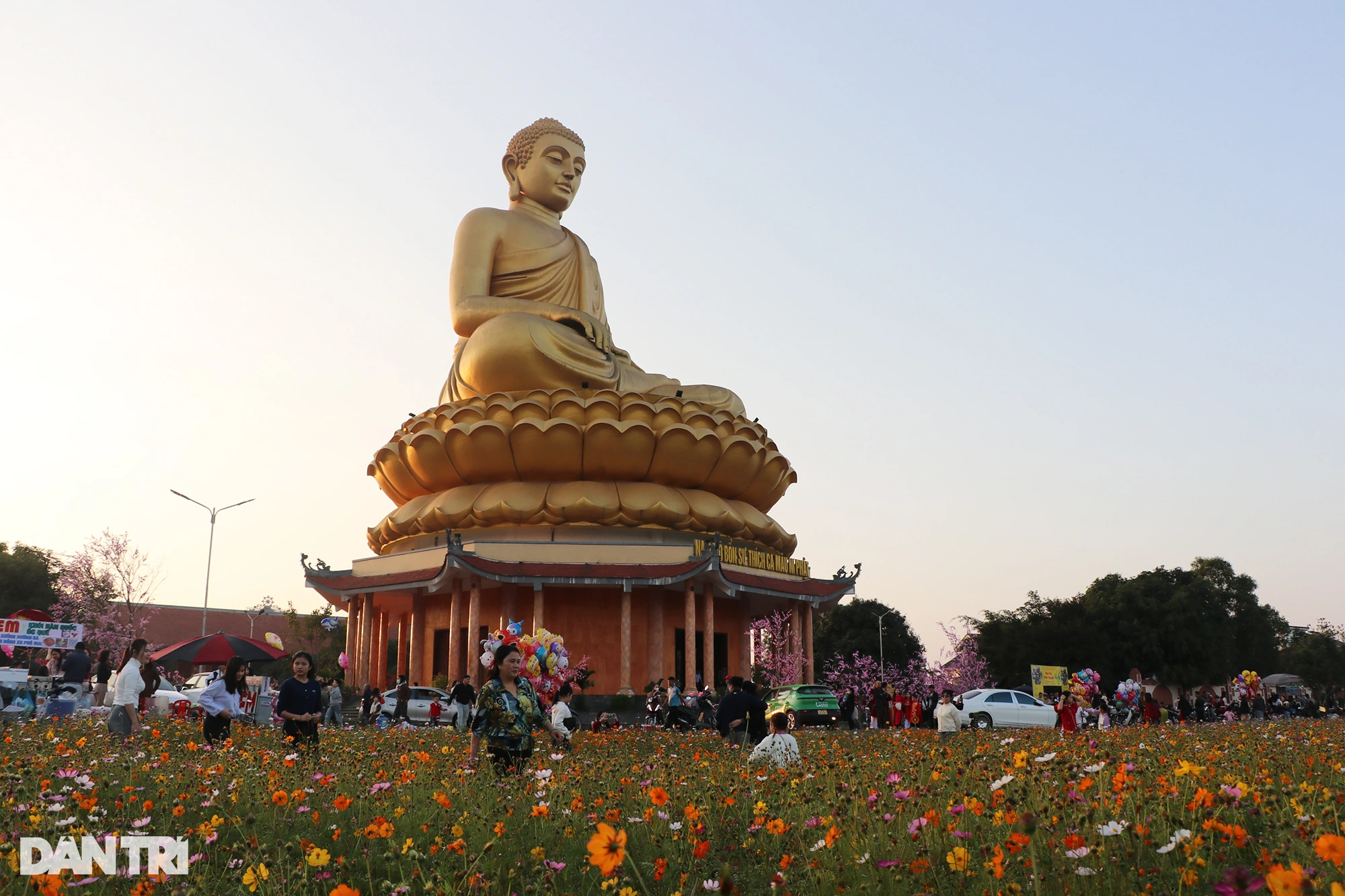
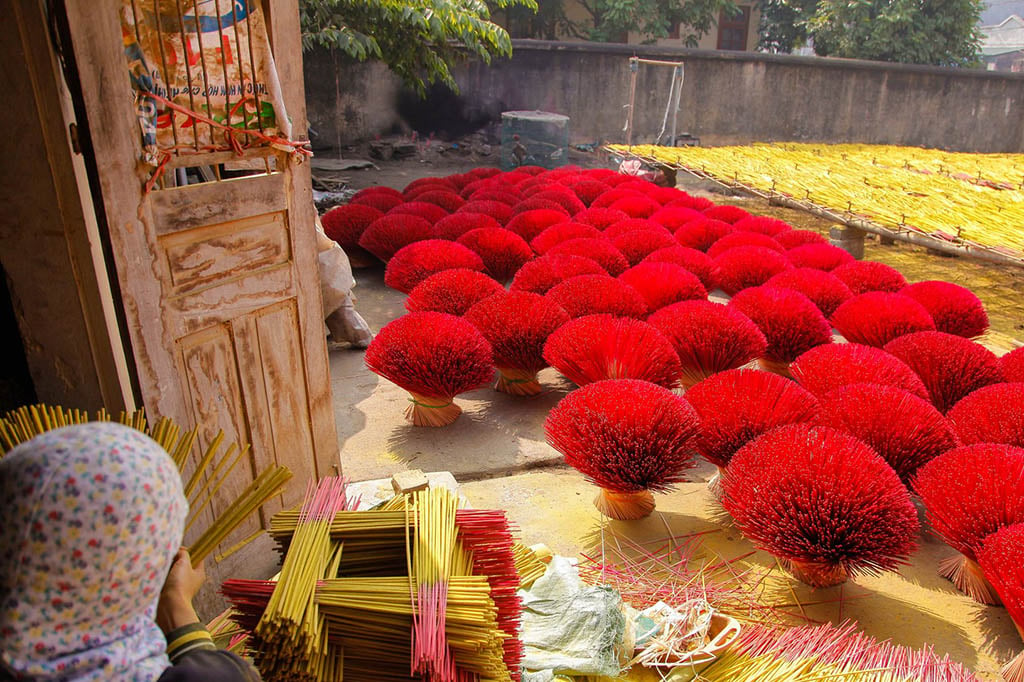



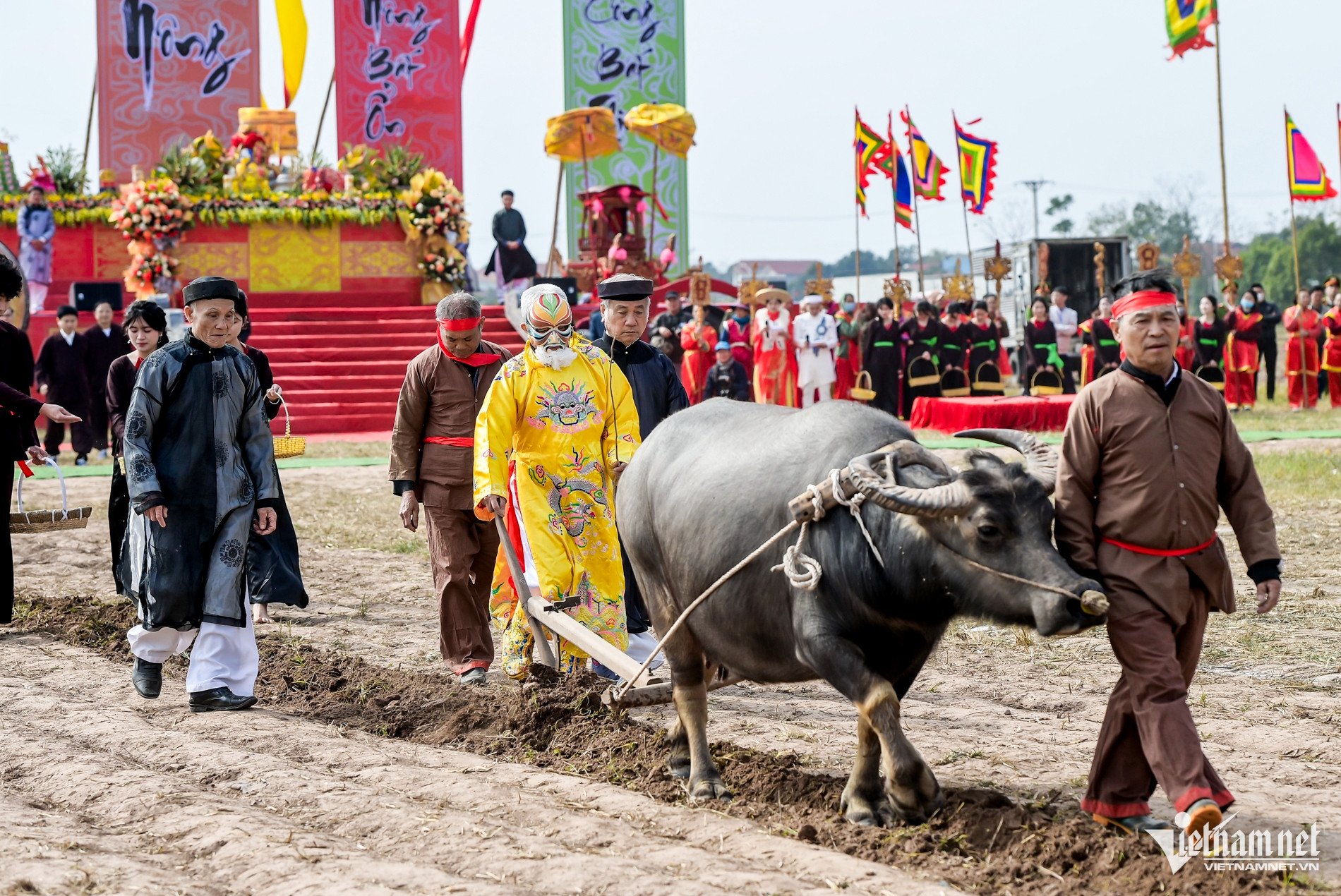












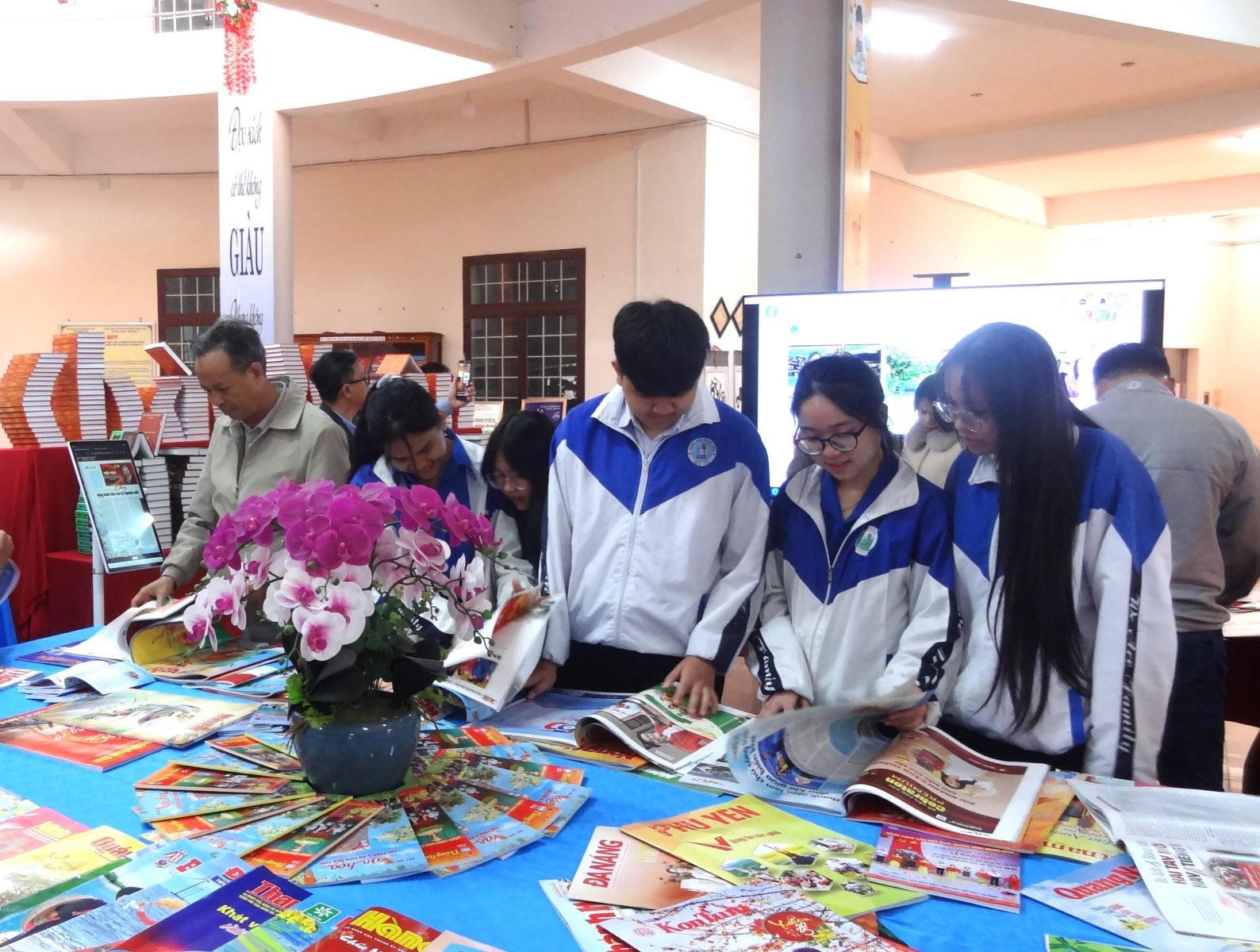



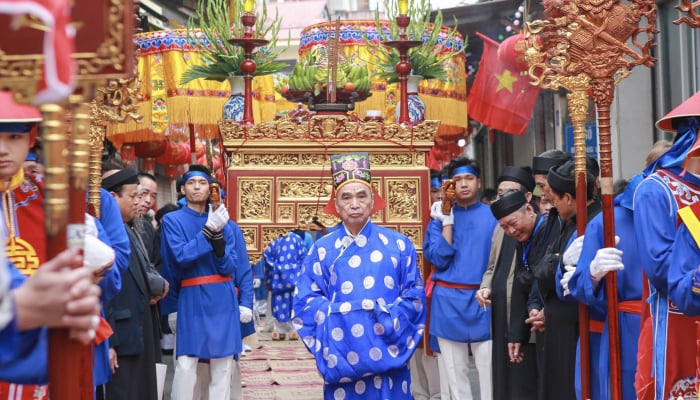

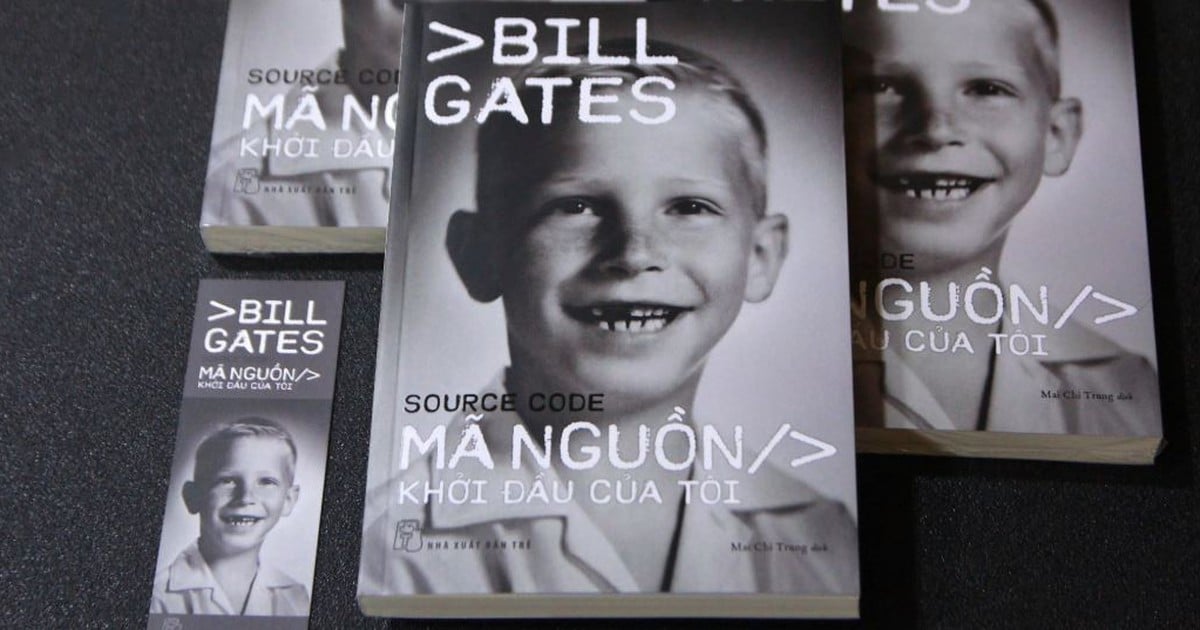


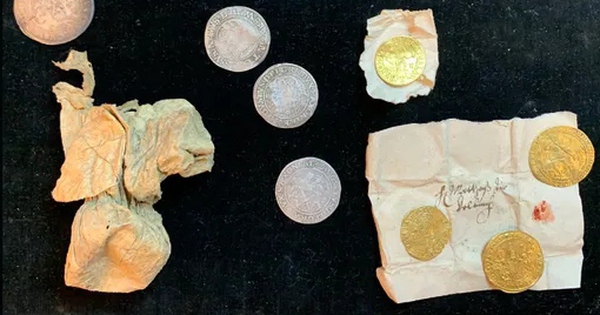



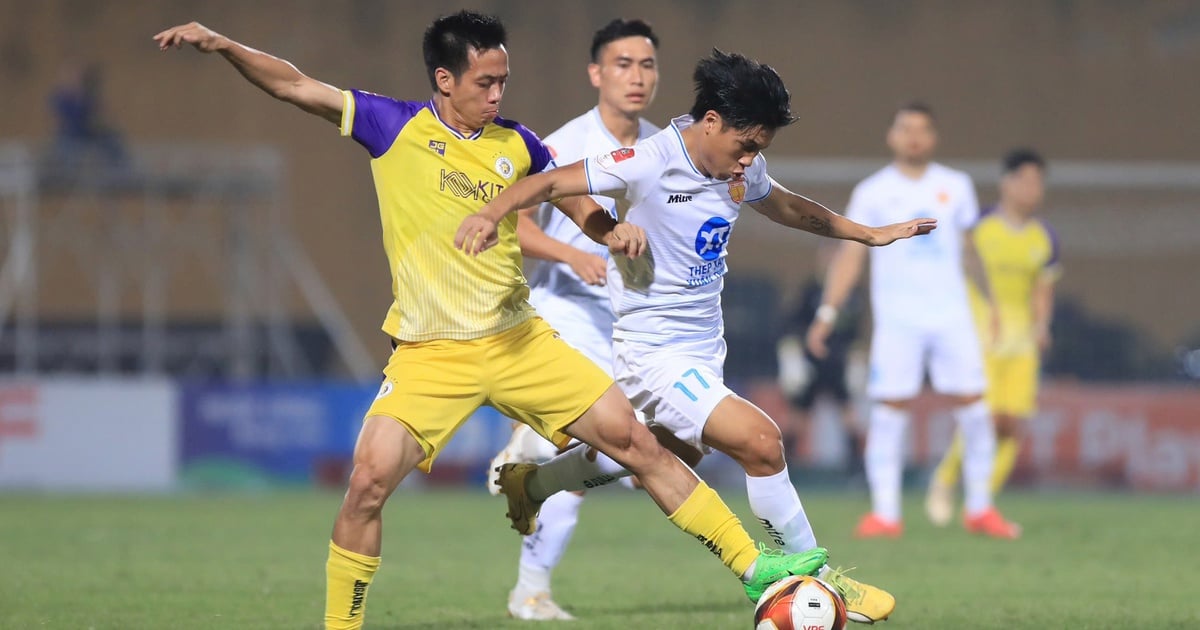


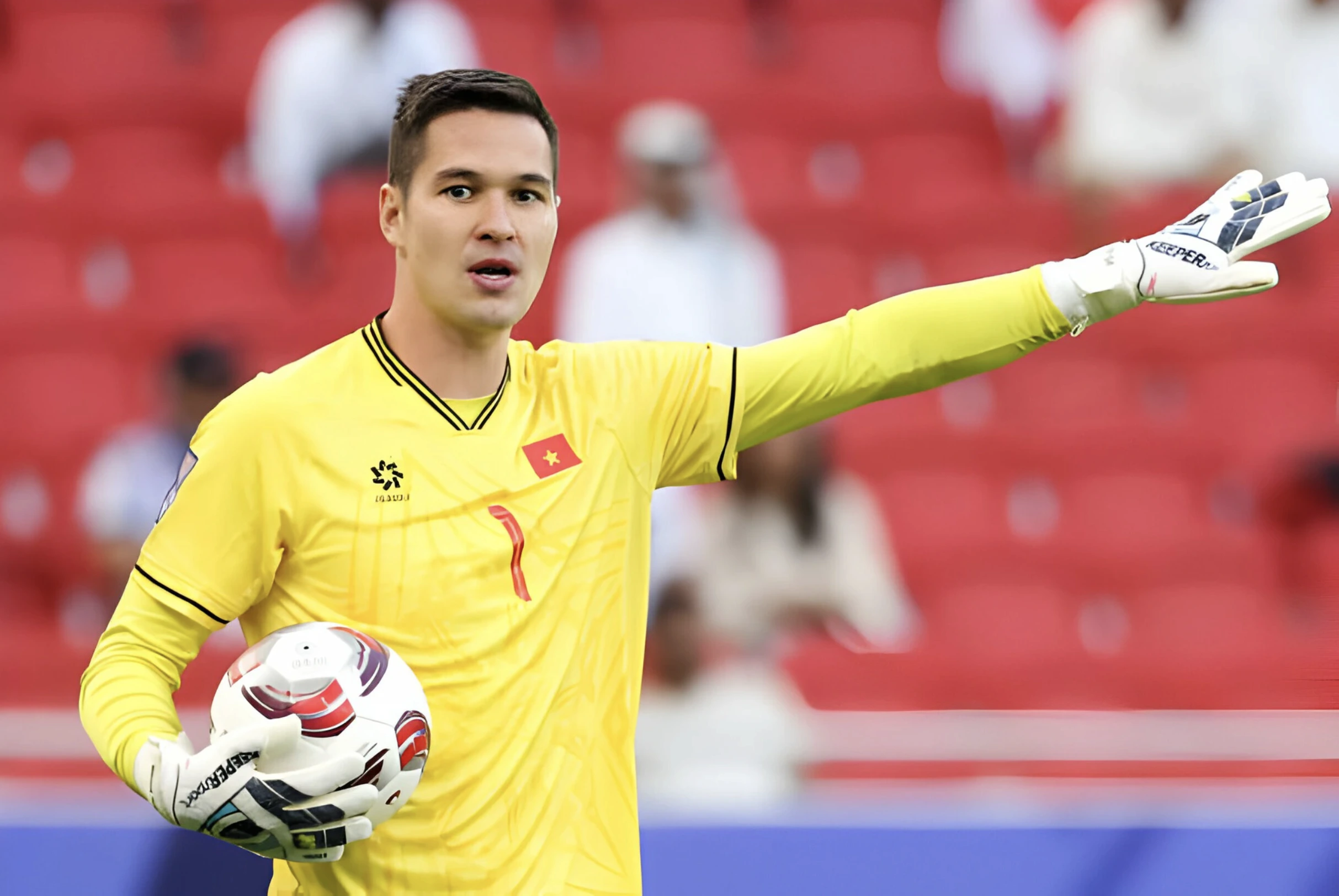
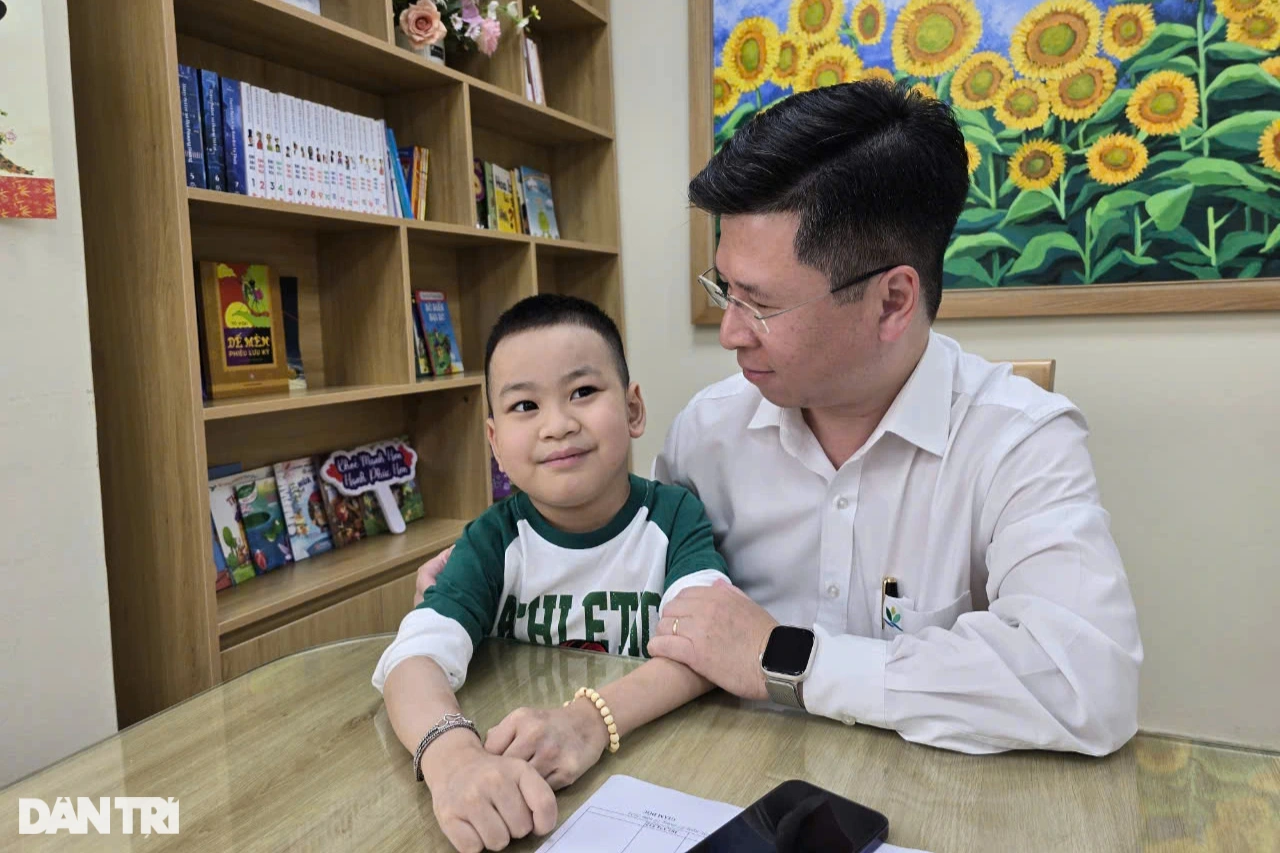

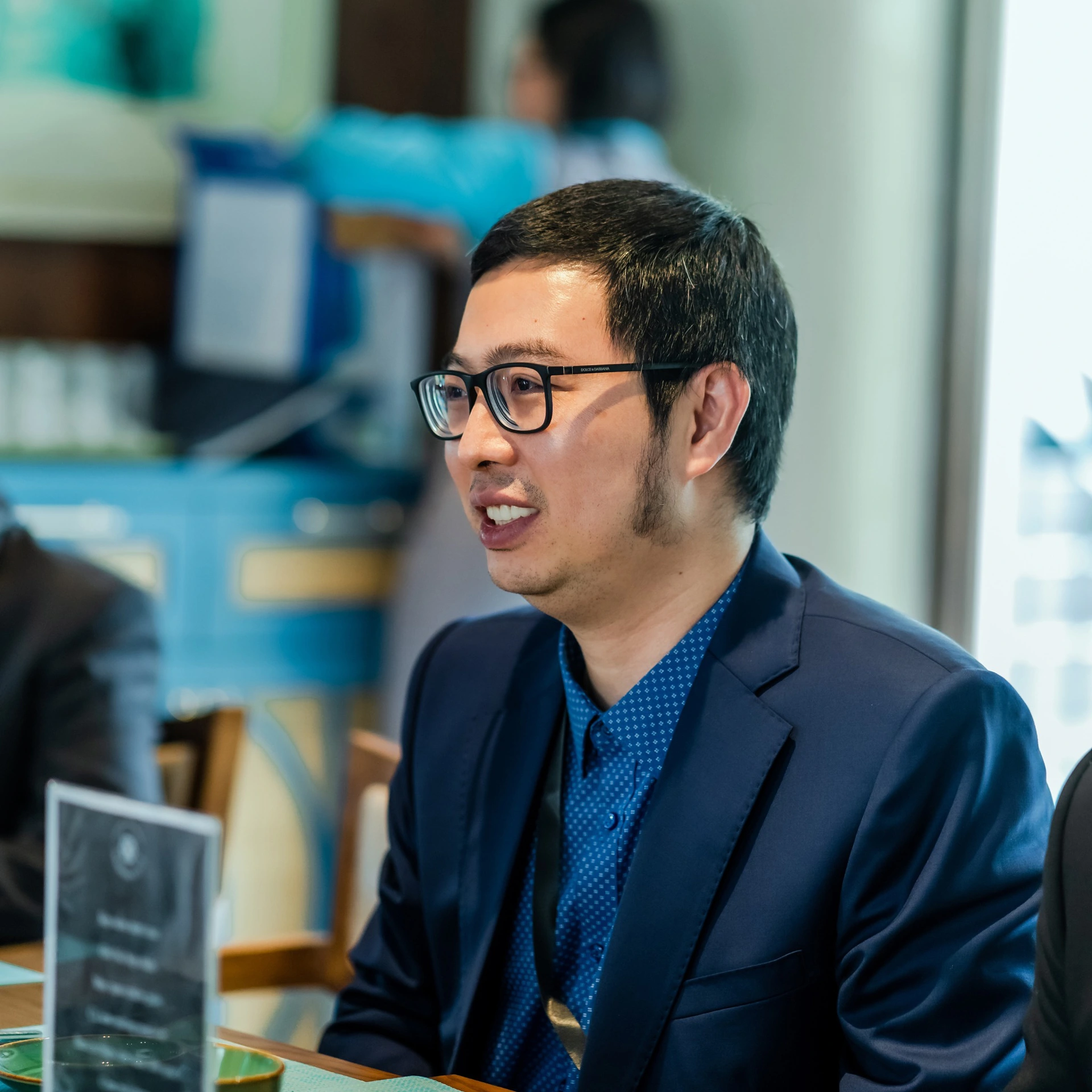

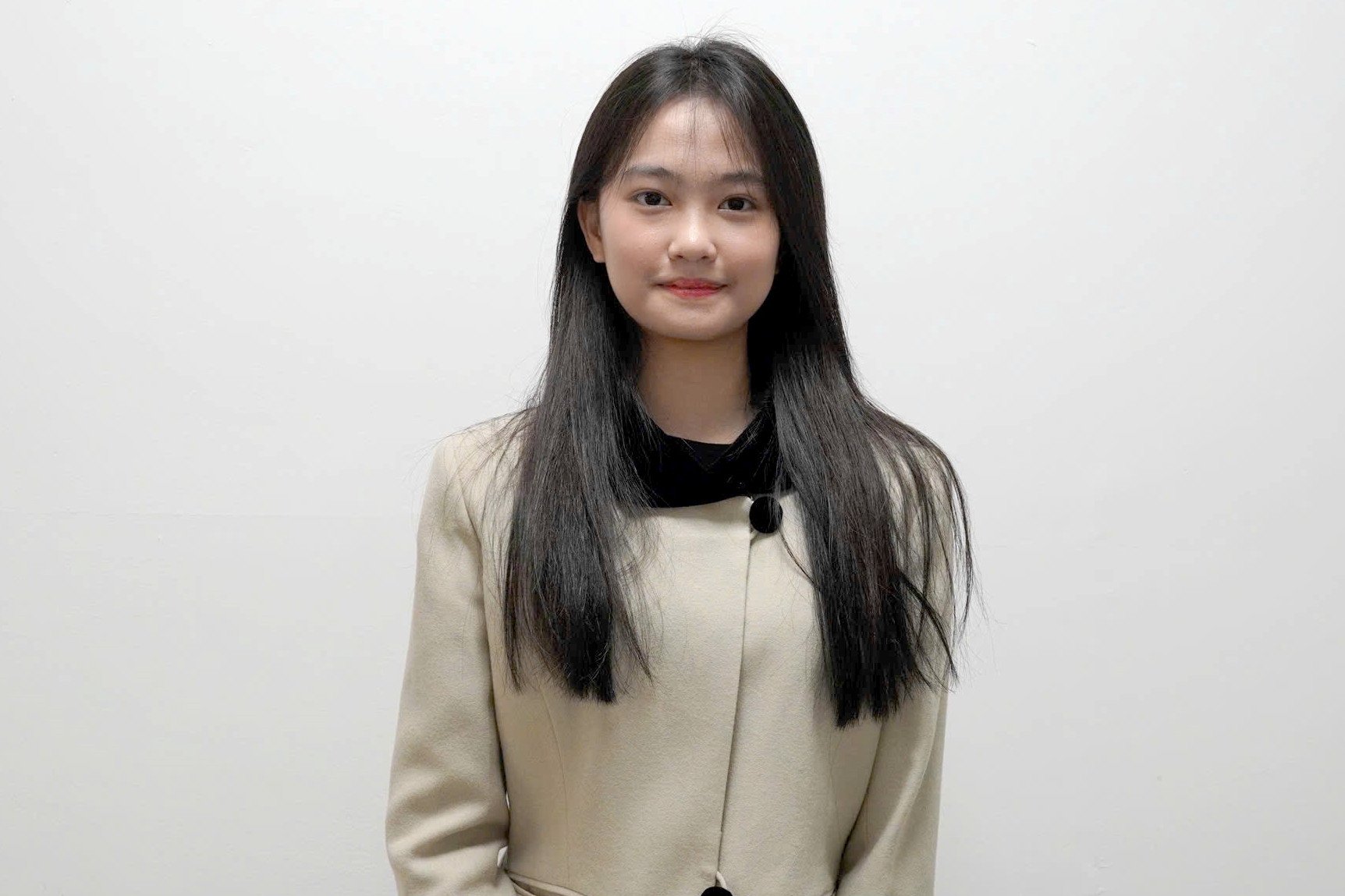

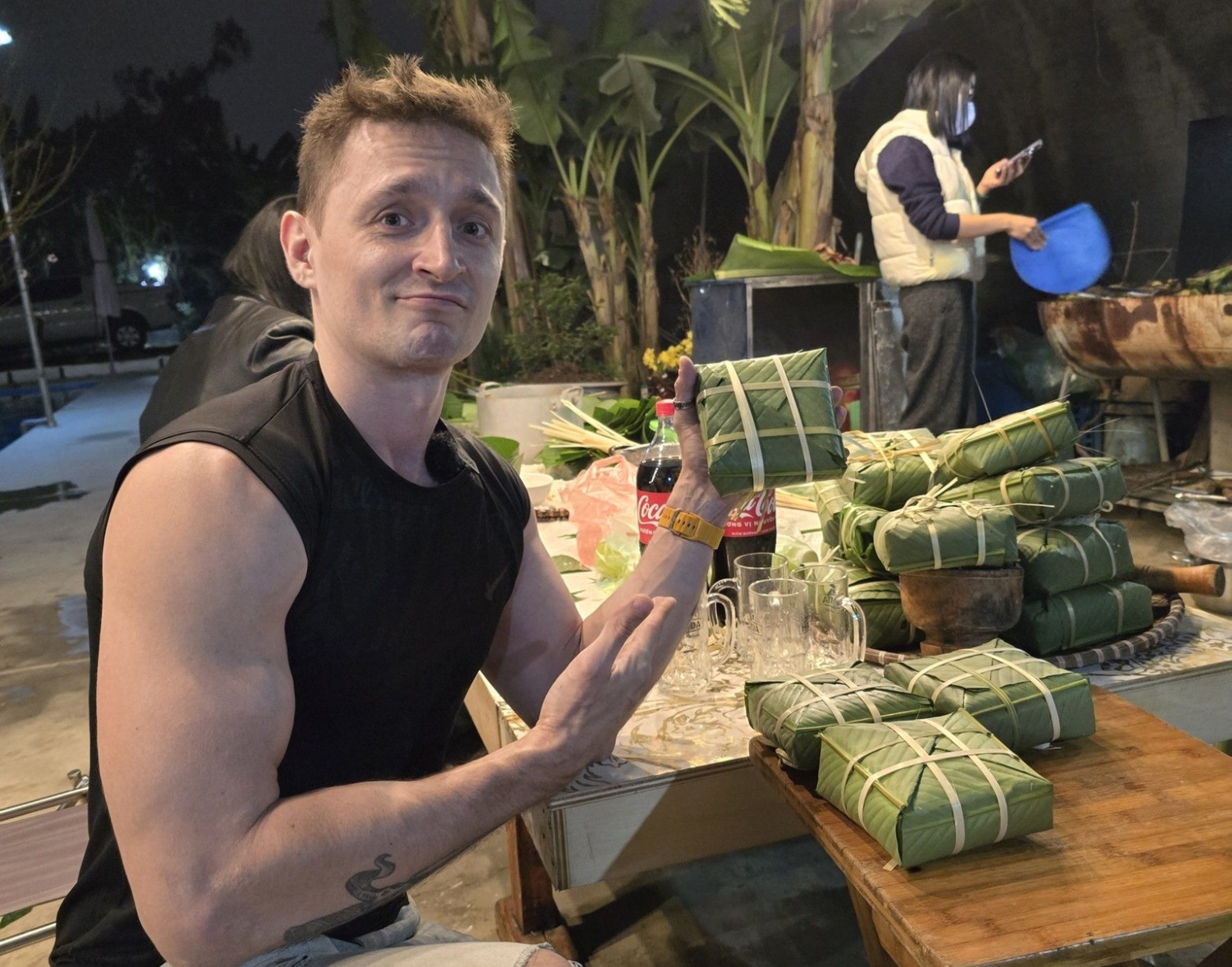
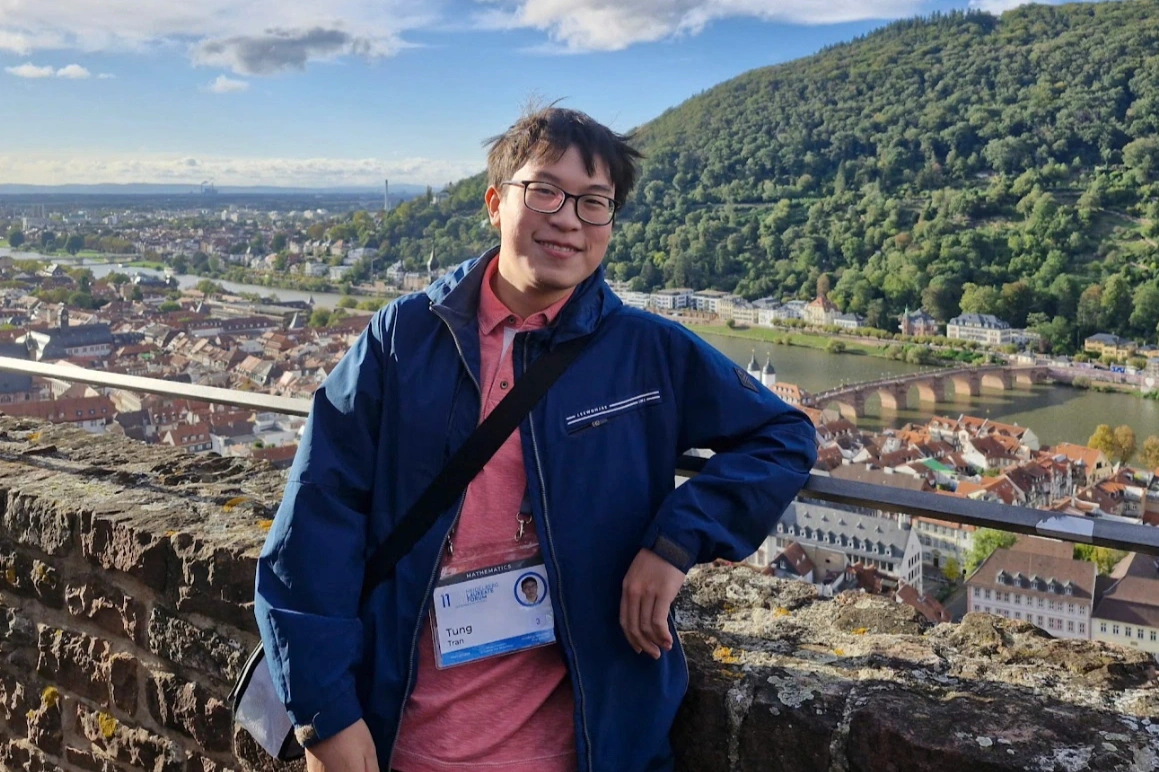




Comment (0)